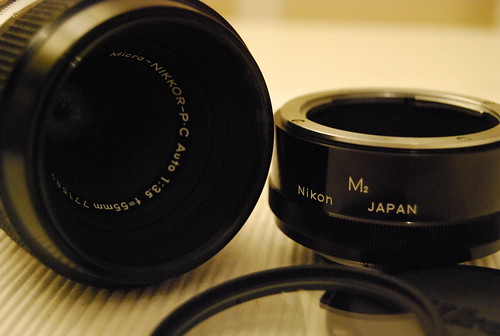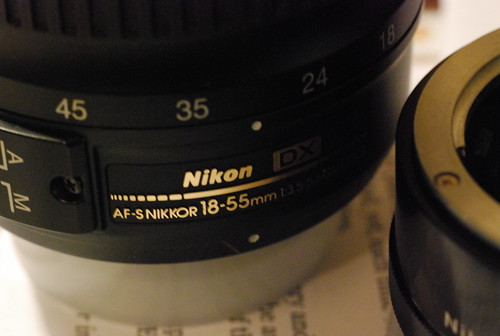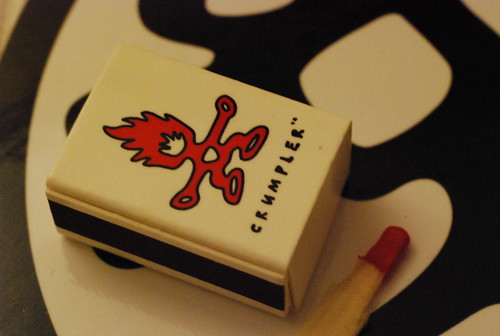Depth of Field
The Metropolitan Museum of Art in New York currently has a special exhibition on this particular element of photography: Depth of Field: Modern Photography at the Metropolitan. It would have been a treat to see this exhibition in person (and perhaps indulge in a bit of travel photography). But I will have to make do with just simply viewing some of the images online.
My fascination with depth of field is one of the reasons why I wanted to take up photography using a digital SLR. I am still learning and constantly trying something new. After much research and pouring over numerous commentaries from actual users and discussions online on which lens to use to explore this wonderful technique, I recently got myself a 50mm standard lens.
Photo hobbyists and enthusiasts extol the virtues of the Nikon Series E (AI-S) 50mm f/1.8. The new addition to my gear is the second version with the chrome ring (c. May 1981 - 1985).
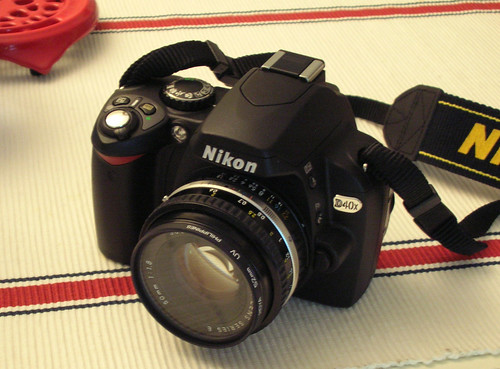
This amazing piece of glass is manual focus and having had a little bit of practice using manual mode in the D40x, it didn't take long for me to figure out the 50mm prime lens.
My first 'successful' shot:
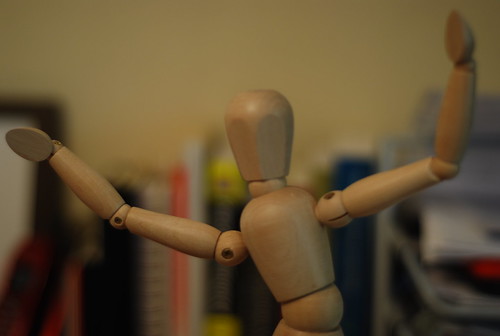
I took out the 50mm for a walkabout over the weekend and did some more practice shots.

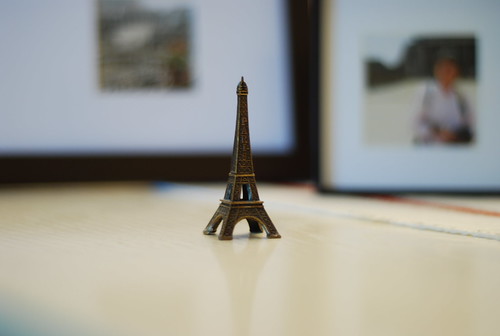

I just love this little lens and the wonderful possibilities it presents. I am looking forward to just having fun with it.
Labels: Digressions, Hobbies, Photography


